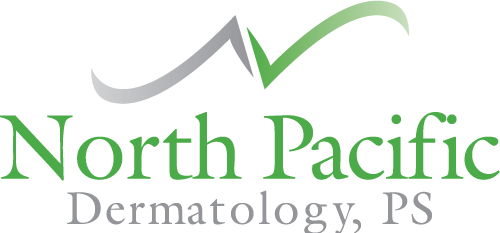What an “Active Skincare Ingredient” Does for You
When you read or watch product advertising, you’ll often hear the term “active ingredient.” But what does this phrase actually mean? And when it comes to skin care, what are some of the common active ingredients and what do they achieve? We’ll break things down below.
What to Know About Active Skincare Ingredients
Active Ingredients
The term “active ingredient” in any product — skin care or otherwise — simply means that it’s the key ingredient responsible for solving the issue you’re seeking to address. For instance, in cleaning products, active ingredients are usually the disinfectants or antimicrobial pesticides that kill bacteria, viruses, and molds. In medications, the active ingredient might be an anti-inflammatory compound.
In regards to medications and cleaning products, there are strict guidelines on labeling and approval from both the U.S. Food and Drug Administration (FDA) and the U.S. Environmental Protection Agency (EPA). But things are a little trickier when it comes to skin care products. Under the Federal Food, Drug, and Cosmetic Act (FD&C Act), cosmetics must not be altered or misbranded, but that is the extent of the regulations around these products.
Therefore, it’s a good idea for you to learn some of the most common active ingredients in skin care so you know what to look for — and what ingredients are unnecessary or even harmful for your skin.
Skin Care Actives
“Actives” in skin care are those ingredients that target issues like wrinkles or acne. For example, the common wrinkle reducing treatment Botox uses an active ingredient of botulinum toxin type A to “relax” the muscles around a crease in the face, eventually smoothing out the wrinkle. The active ingredient in dermal fillers like Juvederm, Perlane, or Restylane is hyaluronic acid, which hydrates and plumps skin cells and connective tissue. Dermal fillers, therefore, are intended to restore volume to hollow or sagging areas, as well as minimize the appearance of deep facial folds.
Even over-the-counter skin care products that don’t require injectables contain active ingredients. Retinol products use retinoic acid as their active, which promotes cell turnover and aids in anti-aging efforts. Retinol-based products are some of the top wrinkle reducers on the market. Benzoyl peroxide, salicylic acid, and alpha hydroxy acids like glycolic acid and lactic acid are commonly used in products to treat acne. These active ingredients can kill bacteria, remove excess oil, reduce inflammation, and slough off dead skin cells — key elements in treating and preventing acne breakouts.
And as far as sunscreens go, these too are FDA-required to be labeled with their ingredients. Chemical sunscreens typically use active ingredients of avobenzone, octinoxate, or oxybenzone to absorb UV rays, convert these rays into heat, and release them from the body. Mineral or physical sunscreens use active ingredients of titanium dioxide and zinc oxide, which physically reflect the sun’s rays, protecting the skin beneath.
Contact North Pacific Dermatology
Have more questions about active ingredients in skin care? Want to give Botox or dermal fillers a try? If you’re in the Bellevue, Washington area and want to try a wrinkle reducing treatment, contact North Pacific Dermatology today for an appointment with one of our board-certified specialists.
